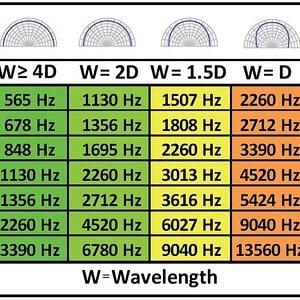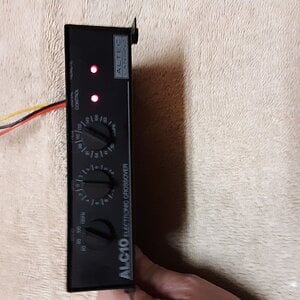If you stay around an octave apart on tuning like 30/60, and just choose a tuning for the rear like you would want from ported, and just match the front with, that's a start. You basically have to add the front port length to the rear, so say your front port is like 5" long, that means your rear port is 5" longer than it structurally is. That's a very great place to start. So say you have 30" long rear port to reach 30 hz, then your front port is 5" long to reach 60 hz, then you'd want something more like 25" rear port for the rear to actually be tuned at 30 hz and not lowered by the front. My first series 6th, years ago, I made this mistake, made the rear way too low not realizing the compounding length of series ports, but that's why it was a test. The math and logic can be made more complicated than that, but that's basically how it works.
If you remove the loading chambers from the 6th and look at the waves traveling through ports only, like one big long port as a tapped transmission line or type of tapped horn, the rear wave from the rear port is feeding into a larger front port and is a similar function to a tapped horn, if you look at both ports combined as singular port structure. If both front and rear ports are the same size in surface area, which can need to happen sometimes, then you're more like a tapped transmission line. Front port adds length to rear port, so start there.


